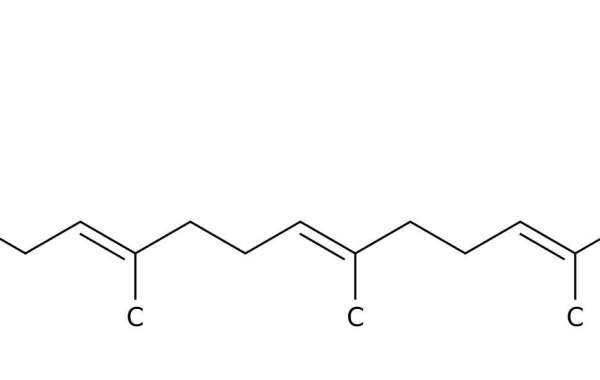Metabolic reprogramming in cancer cells, vs. non-cancer cells, elevates levels of reactive oxygen species (ROS) leading to higher oxidative stress. The elevated ROS levels suggest a vulnerability to excess prooxidant loads leading to selective cell death, a therapeutically exploitable difference. Co-enzyme Q10 (CoQ10) an endogenous mitochondrial resident molecule, plays an important role in mitochondrial redox homeostasis, membrane integrity, and energy production. BPM31510 is a lipid-drug conjugate nanodispersion specifically formulated for delivery of supraphysiological concentrations of ubidecarenone (oxidized CoQ10) to the cell and mitochondria, in both in vitro and in vivo model systems. In this study, we sought to investigate the therapeutic potential of ubidecarenone in the highly treatment-refractory glioblastoma. Rodent (C6) and human (U251) glioma cell lines, and non-tumor human astrocytes (HA) and rodent NIH3T3 fibroblast cell lines were utilized for experiments. Tumor cell lines exhibited a marked increase in sensitivity to ubidecarenone vs. non-tumor cell lines. Further, elevated mitochondrial superoxide production was noted in tumor cells vs. non-tumor cells hours before any changes in proliferation or the cell cycle could be detected. In vitro co-culture experiments show ubidecarenone differentially affecting tumor cells vs. non-tumor cells, resulting in an equilibrated culture. In vivo activity in a highly aggressive orthotopic C6 glioma model demonstrated a greater than 25% long-term survival rate. Based on these findings we conclude that high levels of ubidecarenone delivered using BPM31510 provide an effective therapeutic modality targeting cancer-specific modulation of redox mechanisms for anti-cancer effects.
Metabolic reprogramming in cancer cells results in the generation of higher than normal levels of ROS from mitochondria and cytoplasmic NADPH oxidases10,11, which require counterbalancing through antioxidant activity. Consequently, the elevated levels of ROS in cancer cells create a potential vulnerability to prooxidants, rendering them susceptible to oxidative-stress-induced cell death. Conventional anti-cancer agents such as doxorubicin are in fact prooxidants that drive ROS levels above a death-inducing threshold in cancer cells; however, due to toxicity, there are limits on dosing, emphasizing the need for less toxic agents with similar functions based on inducing selective ROS production. CoQ10 (ubidecarenone) is a lipophilic antioxidant with the potential to serve as the basis for the aforementioned strategy.
CoQ10 is hydrophobic due to its side chains, and thus resides in membranous fractions such as mitochondria and plasma membranes19,20, naturally serving as an electron carrier, exploiting the redox profile of the p-benzoquinone ring moiety. Within the inner mitochondrial membrane, the activity of CoQ10 is dependent on its redox state23 of which there are three: oxidized (ubiquinone, also known as ubidecarenone or CoQ10), a free-radical intermediate (semiquinone, CoQ10H•), and the most abundant reduced form (ubiquinol, CoQ10H2).






